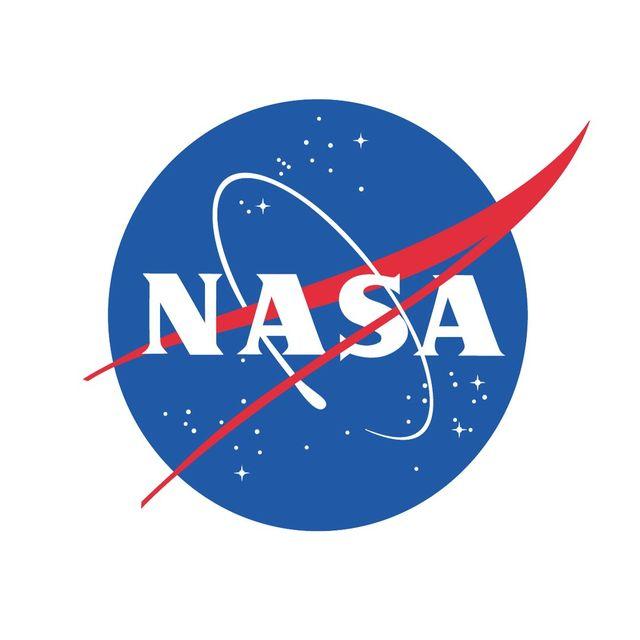

Maybe it’s time ⭐️ @NASAHubble captured this image of a starburst spiral galaxy around 80 million light-years from Earth in the constellation Virgo. This galaxy is experiencing intense star formation, likely due to the gravitational forces of neighboring galaxies; astronomers refer to galaxies that form stars rapidly as starburst galaxies. The creation of these stars is causing some peculiar galactic weather – known as a superwind – gigantic movements of gas throughout the galaxy, which is invisible in this picture due to it not being on visible wavelengths imaged by Hubble’s Wide Field Camera 3. Two supernovae occurred in this galaxy in the last decade, the first happened in 2014 and the second in 2019, the star that led to the 2019 supernova was 19 times as massive as our Sun. Credit: NASA/ESA #Starburst #Galaxy #HubbleTelescope #Space #NASA #Spiral #Starburst #Gassy
May 12, 2022
Disclaimer
The data provides is not authorized by TikTok. We are not an official partner of TikTok.
Use of materials from the resource is permitted only with a link to our resource.
Contact